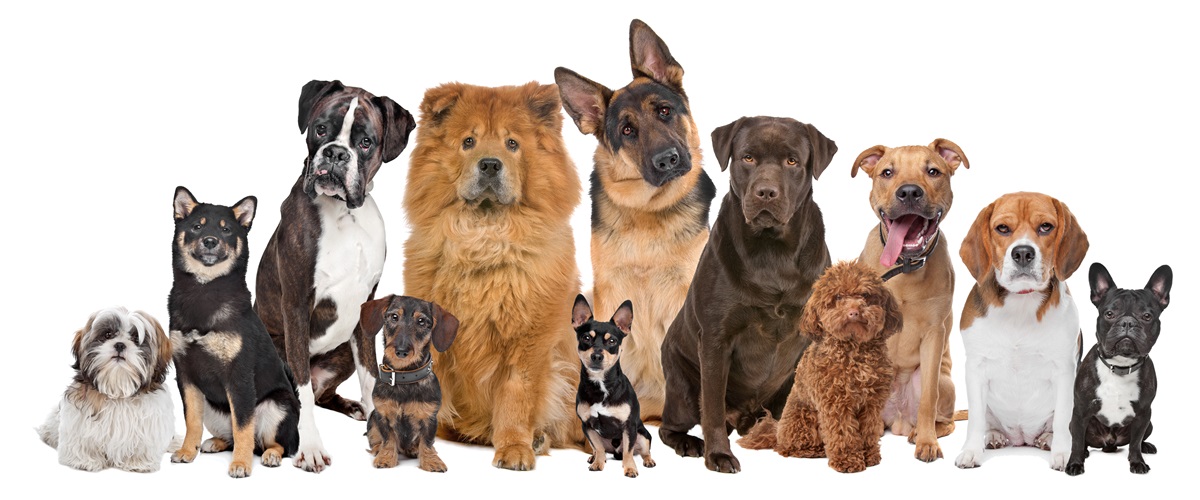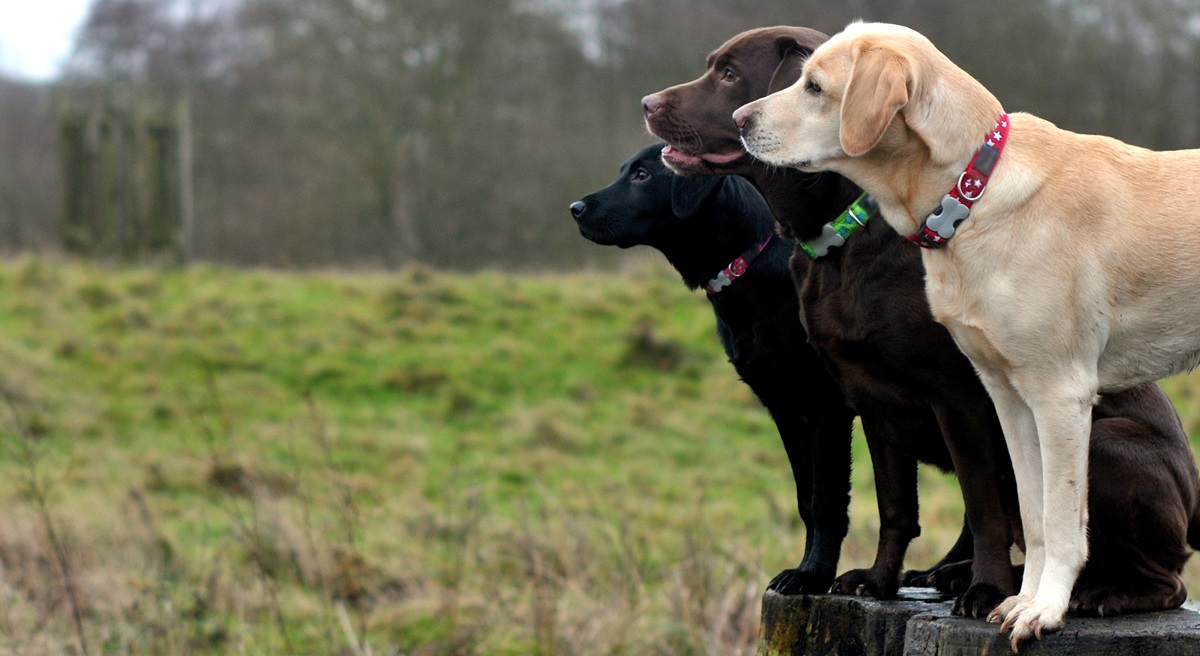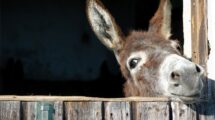Animal Chatter
by Iris Winston
How many different breeds of dog are there? That’s something of a trick question. Even if it were limited to the number recognized by kennel clubs, the numbers would vary from nation to nation.

At last count, the Canadian Kennel Club recognized 187 breeds—including the uniquely Canadian Inuit dog, the Labrador retriever, the Landseer, the Newfoundland and the Nova Scotia duck toller. The much-loved lab—black, brown or golden—has been the most popular breed in North America for the last 11 years.
The American Kennel Club recognizes 201 breeds, including a new addition for 2024, the Lancashire heeler. And the Kennel Club in the United Kingdom, the oldest in the world, currently recognizes 221 breeds, while the Belgium-based world organization, the Fédération Cynologique Internationale (FCI), recognizes 356. Many more breeds around the world are not recognized by any of the kennel clubs, so far.
Generally, a breed is not granted kennel club recognition unless its standard has been established. (The standard means that there is a detailed description of the dog’s appearance and expected behaviour, so focusing on consistency.) This is why such a longstanding breed as the lurcher—a cross between a greyhound and a herding dog or sometimes a terrier, whose appearance varies widely—has never been recognized.
 However, more and more breeds have been accepted by kennel clubs over the years. Qualifications include the existence of at least 50 living examples of the dog, an active association promoting the breed, a description of the standard and a minimum of three generations of the animals’ pedigrees. It can take many years for a breed to be accepted and kennel clubs in different countries do not necessarily agree on timing. For instance, the Irish setter, a breed used to retrieve game since the 18th century, was not recognized by the Irish Kennel Club until the late 1970s, followed by the United Kingdom in 1984, the FCI in 1989 and the American Kennel Club in 2009.
However, more and more breeds have been accepted by kennel clubs over the years. Qualifications include the existence of at least 50 living examples of the dog, an active association promoting the breed, a description of the standard and a minimum of three generations of the animals’ pedigrees. It can take many years for a breed to be accepted and kennel clubs in different countries do not necessarily agree on timing. For instance, the Irish setter, a breed used to retrieve game since the 18th century, was not recognized by the Irish Kennel Club until the late 1970s, followed by the United Kingdom in 1984, the FCI in 1989 and the American Kennel Club in 2009.
While hybrids do not qualify, a number of breeds started as mixed stock when particular characteristics were considered desirable. For example, the recently recognized Lancashire heeler’s ancestry is thought to include the Welsh corgi and the Manchester terrier.
Despite their great popularity, it is unlikely that doodles (poodle crosses) will ever qualify for
official breed status at kennel clubs, even a few generations down the road when both parents and grandparents are doodles. As well as the golden doodle, a cross between a poodle and a golden retriever, there are labradoodles, schnoodles, bernadoodles, cockapoos and another 20 types of doodles of various sizes and mixes—denying the consistency that is key to the standard for a breed. The good news for owners of any type of doodle is that most—but not all—have the coat and intelligence of the poodle. Among the burgeoning doodle population, originally bred partly to accommodate dog lovers with allergies, the very gentlest seem to be the Bernese mountain dog and golden retriever crosses, reflecting the sweet temperaments of these two breeds.
There’s a clue about breeding techniques in the word miniature. The schnauzer comes in three sizes, the original standard and the giant, as well as the miniature, the most popular of the three in urban settings. The four sizes of poodle (teacup, toy, miniature and standard), while all members of the same breed, are registered and judged differently in the show ring.

It is not unusual for dogs to be bred to maximize certain characteristics of appearance and temperament. Sometimes, it is a simple matter of taking advantage of a naturally occurring anomaly, such as curly or wiry fur in a usually straight-coated animal or some of a litter having no tails. For example, a gene mutation has resulted in around one in five Australian shepherds being born without a tail.
In general, dogs vary in appearance more than any other animal. Some bear a striking resemblance to their ancestor, the wolf. Others look more like a small lamb—the Bedlington terrier, for instance. Still others, such as the tiny chihuahua or the Yorkshire terrier, look very different from medium-sized canines such as the cocker spaniel or the miniature schnauzer.
However dogs are classified and however loyal dog owners are to a particular breed, all agree on one thing: Dogs enrich our lives.
Almonte, Ontario, writer Iris Winston is a former executive director of the Canadian Federation of Humane Societies. She has been an animal lover all her life. Her pets have always been important members of her family.






